
FAIR is a non-profit organization dedicated to providing well-documented answers to criticisms of the doctrine, practice, and history of The Church of Jesus Christ of Latter-day Saints.
m (Robô: Substituição de texto automática (-{{artigos FairMormon direitos autorais}} +{{FairMormon}})) |
m (Robô: Substituição de texto automática (-{{FairMormon}}\n{{título de recursos\|(.*)}} +{{FairMormon}}\n{{H2\n|L={{check}}\n|H=\1\n|S=\n|L1=\n}})) |
||
| Linha 1: | Linha 1: | ||
{{FairMormon}} | {{FairMormon}} | ||
{{ | {{H2 | ||
|L={{check}} | |||
|H=Fortificações do Livro de Mórmon | |||
|S= | |||
|L1= | |||
}} | |||
<onlyinclude> | <onlyinclude> | ||
4 But behold, how great was their disappointment; for behold, the Nephites had dug up a ridge of earth round about them, which was so high that the Lamanites could not cast their stones and their arrows at them that they might take effect, neither could they come upon them save it was by their place of entrance. (Alma 49:4).
3 And it came to pass that after the Lamanites had finished burying their dead and also the dead of the Nephites, they were marched back into the land Bountiful; and Teancum, by the orders of Moroni, caused that they should commence laboring in digging a ditch round about the land, or the city, Bountiful. 4 And he caused that they should build a breastwork of timbers upon the inner bank of the ditch; and they cast up dirt out of the ditch against the breastwork of timbers; and thus they did cause the Lamanites to labor until they had encircled the city of Bountiful round about with a strong wall of timbers and earth, to an exceeding height. 5 And this city became an exceeding stronghold ever after; and in this city they did guard the prisoners of the Lamanites; yea, even within a wall which they had caused them to build with their own hands. Now Moroni was compelled to cause the Lamanites to labor, because it was easy to guard them while at their labor; and he desired all his forces when he should make an attack upon the Lamanites.(Alma 53:3-5).
The Book of Mormon's description of fortifications matches those in use in Mesoamerica. Multiple sites have been found; the city of Becan is well-known:
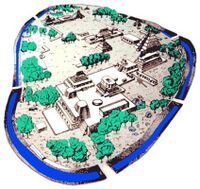 |
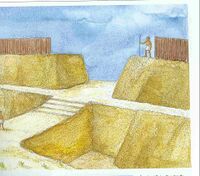 |
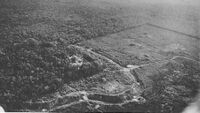 |
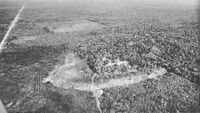 |
It should be noted too that the rise of Mesoamerican fortification in the archaeological record matches the introduction of this form of warfare among the Nephites by Captain Moroni in about 72 B.C. (See Alma 49:8).The first number indicates "Definitive" sites; the second is "Possible" sites:
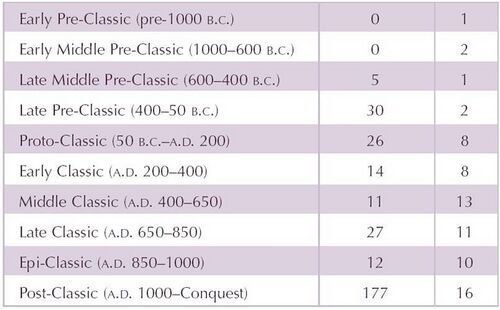

FAIR is a non-profit organization dedicated to providing well-documented answers to criticisms of the doctrine, practice, and history of The Church of Jesus Christ of Latter-day Saints.
We are a volunteer organization. We invite you to give back.
Donate Now